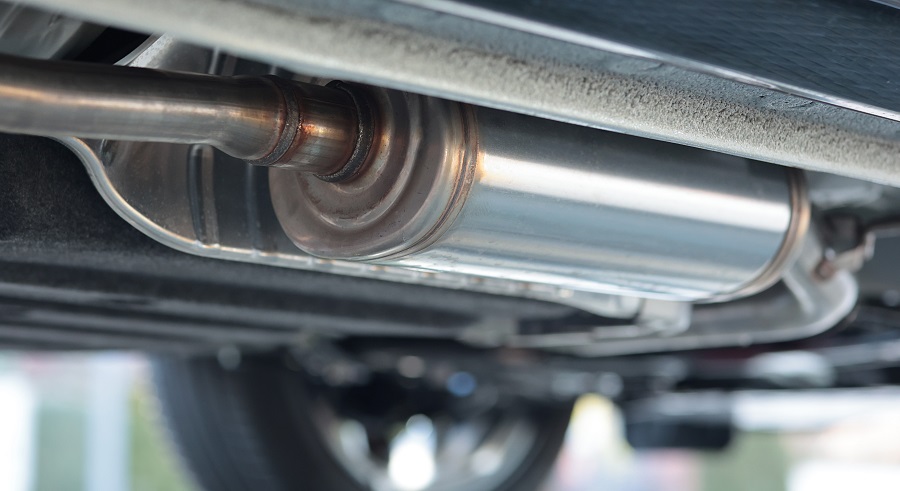The car part helping the world breathe easier

Car emission standards have been around a long time, and one particular component in your vehicle’s exhaust system does most of the work
The catalytic converter is designed to convert nasty exhaust gases into less harmful emissions.
There are different types of catalytic converters, but they’re commonly comprised of a stainless-steel case with a ceramic honeycomb-style interior coated in the precious metals platinum, palladium and rhodium – some even include gold.

Side note – the rare metals inside a converter have made them a target of thieves, who slip under a car, cut the converter off and sell it to scrap metal dealers. At the time of writing, gold was worth about $US4000 an ounce and rhodium was valued at more than $US7000 an ounce – though it’s unlikely recyclers are handing over top dollar to a crook with a bagful of sawn-off converters.
Moving on.
The platinum and rhodium convert polluting nitrogen oxides into harmless nitrogen. Platinum and palladium convert toxic carbon monoxide to less harmful carbon dioxide, while environmentally damaging hydrocarbons become water vapour.
Catalytic converters need to be around 400⁰C or more to operate effectively, so they’re often found near the engine where the exhaust gases are hottest. For this reason, it’s best not to park your car in tall, dry grass where this toasty component could start a fire.
While catalytic converters may not be a popular topic of motoring conversation, this innocuous little hot box has performed heroically in reducing smog levels in our busy cities.
Do you have a car question?
RAA members can call our free Car Advice service.
Or call 8202 4689

